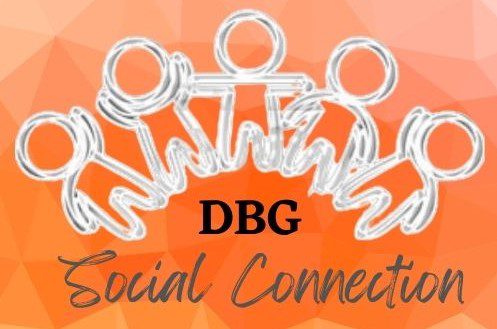In a world where social media and virtual meetings dominate professional interactions, the ability to work a room in-person has become a lost art. However, real-world networking remains one of the most powerful ways to build relationships, grow your business, and create opportunities. Whether you’re attending a networking event, a business luncheon, or an after-hours mixer, knowing how to navigate a room effectively can make all the difference.
The Mistakes People Make at Networking Events
Before diving into the best practices, let’s talk about what not to do. Too often, people fall into one of two traps:
- The Comfort Zone Clinger – These individuals spend the entire event chatting with people they already know. While reconnecting with colleagues is valuable, it doesn’t help expand your network.
- The Business Card Sprinter – These people rush from person to person, handing out business cards like candy without engaging in real conversations. It’s a wasted effort because no meaningful connection is made.
Networking isn’t about collecting the most business cards or only speaking with friends—it’s about fostering genuine relationships that lead to long-term success.
Step 1: Start with Warm Introductions
The best way to work a room is through warm introductions. Instead of wandering aimlessly, use existing connections to meet new people.
- Ask your contacts for introductions – “Hey, do you know anyone here I should meet?”
- Introduce others first – If you help facilitate connections, people will naturally want to do the same for you.
- Leverage mutual connections – Mention a shared colleague to ease into the conversation.
A warm introduction instantly makes both parties more comfortable and sets the tone for a productive interaction.
Step 2: Lead with Curiosity and Ask Open-Ended Questions
People love to talk about themselves. Your job is to ask the right questions that get them to open up.
- Instead of: “What do you do?” (Boring and overused)
- Try: “What’s the most exciting thing happening in your business right now?”
- Instead of: “Do you like this event?” (Leads to a dead-end)
- Try: “Have you made any great connections here today?”
By leading with curiosity and focusing on the other person, you create more engaging conversations and leave a lasting impression.
Step 3: Identify the People Who Need to Talk
Look for the person who seems disengaged. They may be unsure how to start a conversation or feel out of place. Walking up to someone with “Resting Bored Face” (RBF) can turn their night around—and it often leads to some of the best networking opportunities.
Story: I once met someone at an event who later admitted they thought I was the “meanest person in the room” just because I had a serious expression. After a five-minute conversation, they realized I was approachable, and we ended up doing business together. Sometimes, people just need someone to break the ice.
Step 4: Be the Connector
One of the fastest ways to become a networking powerhouse is to introduce people to each other.
- “You should meet John—he’s working on a project that might align with yours.”
- “I just met someone earlier who needs your expertise. Let me introduce you.”
When you help people make meaningful connections, you become someone they remember, and they will naturally want to return the favor.
Step 5: Gather Information & Respect Their Time
Networking is about building relationships, not monopolizing someone’s time. Follow these simple rules:
- Take notes – Write down key details about each person you meet. A small notebook or phone note app works well.
- Get their contact information – A business card is fine, but if they don’t have one, ask for their LinkedIn or email.
- Respect their time – Don’t stay in one conversation too long. After 5-10 minutes, transition: “I’d love to continue this conversation. Can we set up a time to meet next week?”
By keeping things short and meaningful, you maximize your interactions and make the most of the event.
Step 6: Follow Up & Nurture Your New Connections
Your networking efforts don’t stop when the event ends. Here’s how to solidify those new relationships:
- Send a follow-up email within 24 hours. Example: “Great meeting you at [Event Name]. I’d love to continue our conversation over coffee next week. Let me know your availability.”
- Connect on LinkedIn. Send a personalized message referencing your discussion.
- Engage with their content. Like and comment on their posts to stay on their radar.
- Track your interactions. Keep notes on who you met, what you discussed, and any next steps.
Step 7: Set Up One-on-One Meetings
Once you’ve made initial connections, schedule one-on-one meetings to build deeper relationships.
- Find a common time and location – “Would you prefer coffee or a Zoom call next week?”
- Come prepared – Review your notes so you remember what’s important to them.
- Focus on them first – Ask about their goals and challenges before discussing your business.
- Offer value – Share insights, resources, or introductions that might help them.
- End with clear next steps – Whether it’s another meeting or a referral, leave with an action plan.
The Golden Rule of Networking
As Zig Ziglar once said, “You will get all you want in life if you help enough other people get what they want.” Networking isn’t about selling—it’s about building meaningful relationships that lead to mutual success.
By following these steps, you won’t just be another face in the crowd—you’ll be the person people remember, refer, and want to do business with.

